10 Ways to Exercise If You Hate to Work Out

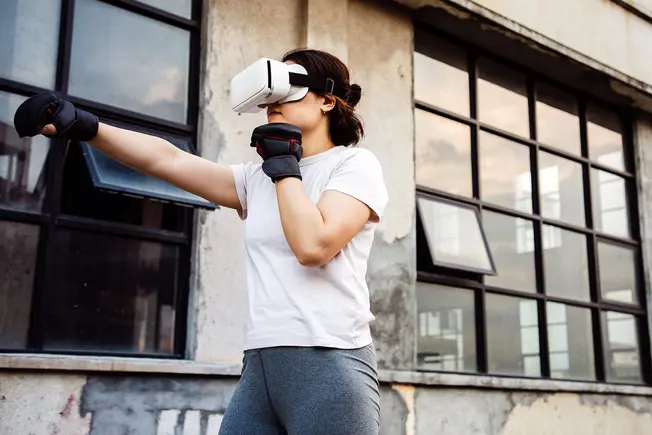
Virtual Reality Fitness
VR headsets turn gaming into exercise. Some experts call this “exergaming.” Box, dance, or sweat through high-intensity interval-training (HIIT). Get your heart rate up with cycling or sword-fighting. You just might stick with exercise longer if you do it virtually. Studies show people who aren’t big on traditional workouts tend to think VR fitness is more fun.
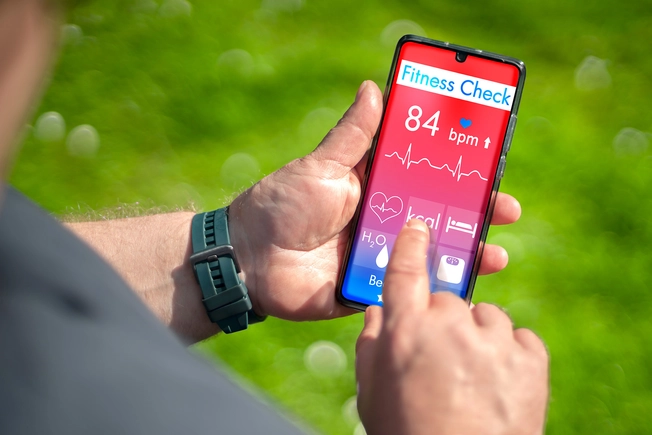
Fitness Apps
Want to train for a 5K? There’s an app for that. One even has zombies in it. You’ll also find smartphone apps for cycling, yoga, and lots in between. Research shows using app-based walking or exercise programs often can boost your aerobic levels just as much as in-person sessions with a trainer. Studies also show people who use fitness apps are more likely to do something active during downtime compared to those who don’t.
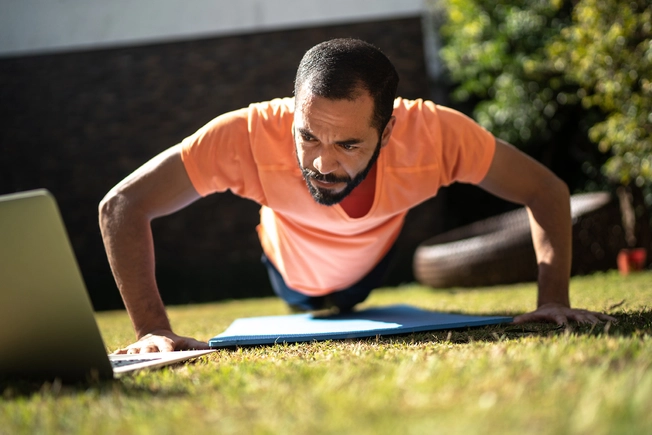
Virtual Personal Trainers
All you need is an internet connection and a smartphone or computer. A virtual trainer can chat with you remotely. If you’re new to online trainers, do a little research to find which program might work for you. Or ask your local gym if they offer virtual private or group sessions. Once you get started, let your trainer know if the workout is too hard or too easy.
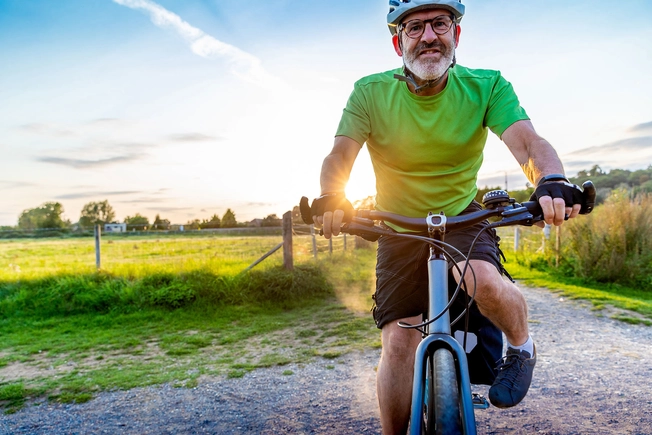
Exercise “Snacks”
Studies show short bouts of frequent exercise might lower body fat and boost aerobic fitness. There’s also some evidence that 6 minutes of exercise before a meal may help people with insulin resistance control blood sugar. And since you lose muscle mass as you age, experts think strength-training “snacks” may be really good for older adults. Examples include biking as hard as you can for 60 seconds, walking fast up 60 stairs, or doing body weight exercises for 60 seconds. Repeat each one at least three times a day, with 1 to 4 hours of rest in between.
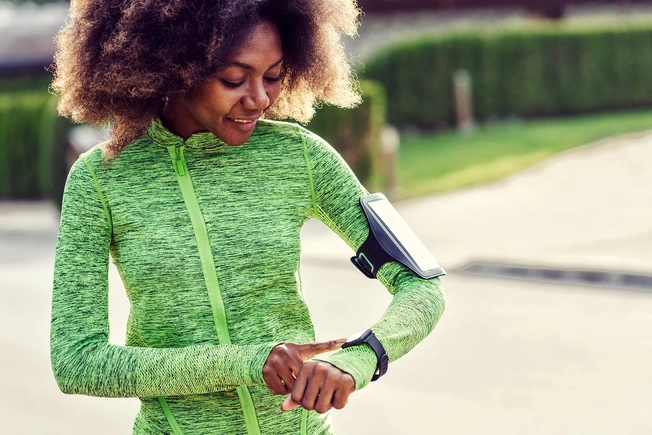
Fitness Trackers
If you need an extra push to reach your goals, a wearable fitness tracker might help. Studies show physical activity goes up when people use them. An old-school pedometer can count your steps. But lots of new devices give real-time updates on your movement along with your heart rate. Connect your fitness tracker or smartwatch to an exercise app to follow your progress.
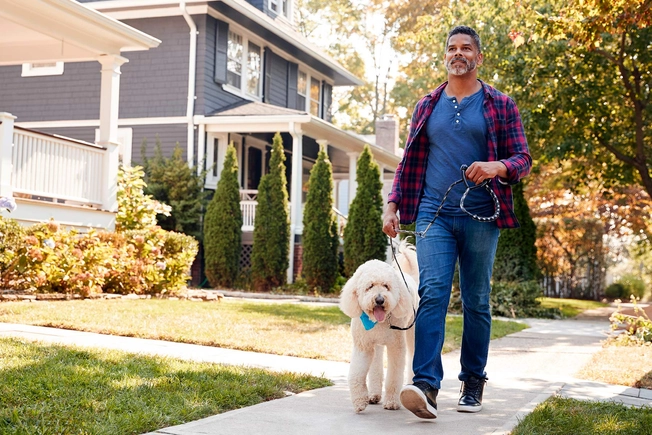
Adopt a Dog
Your physical activity might go up if you’ve got a pup at home. Studies show dog owners tend to walk more than people who don’t have a canine companion. That goes for both kids and adults.

Active Vacations
Burn calories while you travel. You can hike, ski, or go white-water rafting -- whatever you think is fun. Bonus points if your physical activity takes you outdoors. Studies show your well-being gets a boost when you spend more time in nature or “green spaces.” Those are spots like forests or parks with a lot of plants and trees.
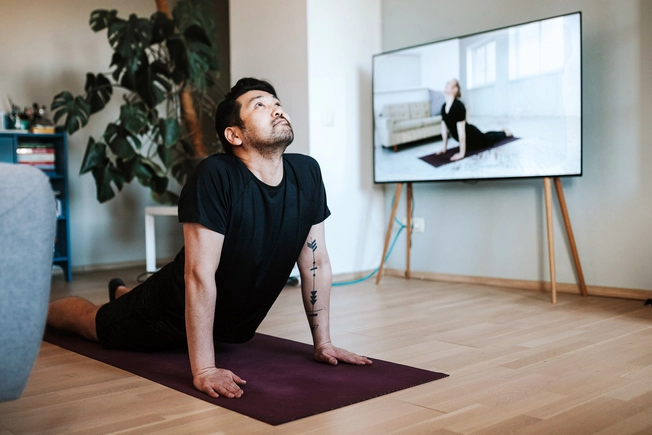
Stream Workout Videos
Look for live classes or an on-demand session. Browse YouTube, streaming services, social media, or subscribe to a fitness channel. Lots of video workouts are free. But you’ll have to pay a monthly or yearly fee for others. Whether you want to stretch, bike, run, or get stronger, you can find a video that’s right for you.

Always Take the Stairs
Skip the elevator when you can. All those steps add up. Studies show regular stair-climbing can boost your aerobic levels, improve your cholesterol, and lower blood sugar in people with type 2 diabetes. If you’re an older adult, stair-climbing may boost overall fitness and lower your odds of falls.

Exercise Outdoors When It’s Cold
Lace up your ice skates. Strap on your snowshoes. Or grab some cross-country skis. Studies show winter workouts might help you burn more brown fat. That’s a type of fat linked to obesity and type 2 diabetes. But make sure you stay dry and warm enough. Low temps raise your odds of hypothermia and frostbite. And you might need to take extra caution if you have other health conditions. Ask your doctor what’s safe for you.
